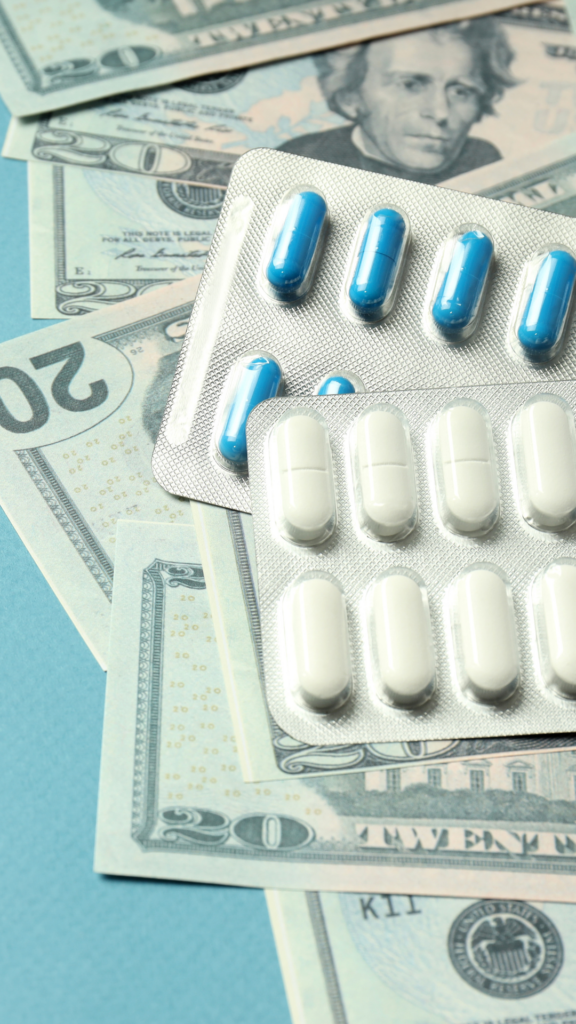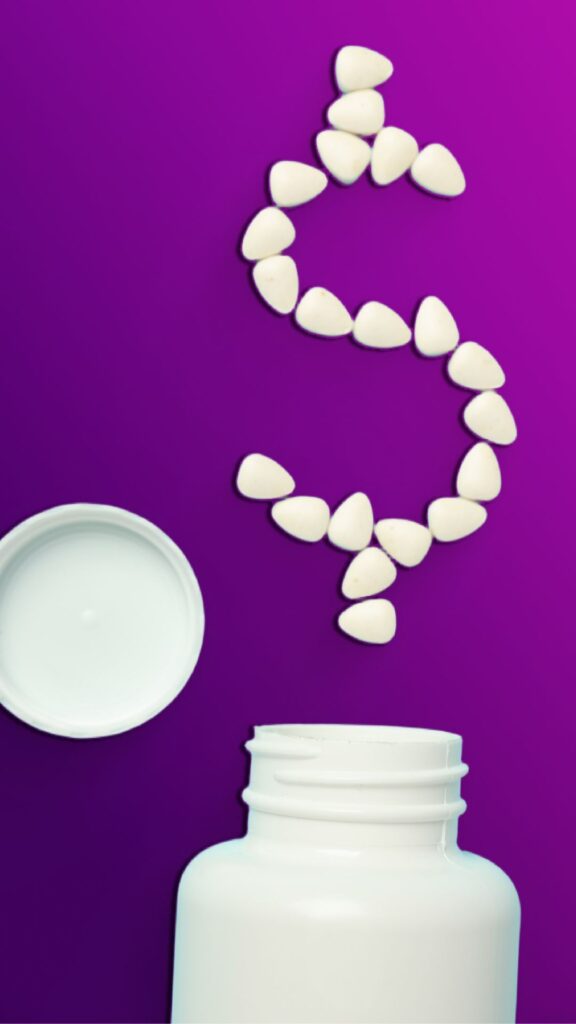There’s been renewed attention on tariffs following the April 2, 2025 executive order introducing reciprocal trade measures. While pharmaceuticals are specifically excluded from this order, some employer groups have raised questions about how future policy changes might affect domestic pharmaceutical supply, medication prices, and international drug sourcing. This resource is designed to clarify the current landscape and address concerns.
1. What is a tariff?
A tariff is a tax on imported goods. It’s paid by the importer and usually calculated as a percentage of the product’s value.
2. What’s a reciprocal tariff?
A reciprocal tariff means one country mirrors the import taxes another country imposes. So, if Country A introduces a 20% tariff on goods from the U.S., the U.S. might impose the same rate on goods coming from Country A. While the April 2, 2025 executive order introduced this strategy for select goods, pharmaceuticals and active ingredients are currently excluded—reflecting their critical role in global healthcare supply chains.
3. Did the April 2, 2025 Executive Order introducing reciprocal tariffs affect prescription drugs?
No. On April 2, 2025, the White House issued an Executive Order to impose new tariffs aimed at balancing U.S. trade deficits. Pharmaceuticals are excluded from the additional global tariffs.
4. What’s the Section 232 Investigation, and why should we care?
Launched April 1, 2025, this federal investigation under Section 232 of the Trade Expansion Act is assessing whether imports of pharmaceuticals and pharmaceutical ingredients pose a national security risk. The investigation will determine whether changes to existing trade policies—including tariffs or quotas—are necessary to protect national security by strengthening domestic drug manufacturing.
Timeline to watch for the current 232 Investigation:
- Investigation concludes no later than December 2025
- Presidential decision due: 90 days later
- Possible trade policy changes roll out which could include tariffs or quotas: Early 2026
5. How could tariffs impact drug prices in the U.S.?
If tariffs hit pharmaceuticals or their ingredients, you might see:
- More pharmaceutical production moving to the U.S.
- Possible higher drug prices for imported pharmaceutical products
- Supply chain disruptions for international manufacturers
- Additional cost pressure on pharmacies, PBMs, and ultimately, plan sponsors and members
6. So, are pharmaceuticals tariff-free right now?
Finished drug products were exempt from the tariffs announced on April 2, 2025. While the ongoing 232 investigation could result in future tariffs, currently, they’re exempt.
7. What about international sourcing programs—will they be affected?
These programs source medications from countries like Canada, New Zealand or the UK and ship directly to U.S. patients. Currently, the U.S. doesn’t apply tariffs to personal imports from these programs—and there’s no system in place to start. We believe it’s unlikely that these will be targeted in the near term.
Bottom Line for Groups:
There’s no need to panic—but definitely a reason to pay attention. Tariff policy is shifting, and your pharmacy strategy should be ready to adapt. Groups with flexible programs and strong cost-containment measures will be best positioned to weather any changes. We’ll keep you informed every step of the way.
Reach out to your Navion Account Manager with any questions or concerns.










